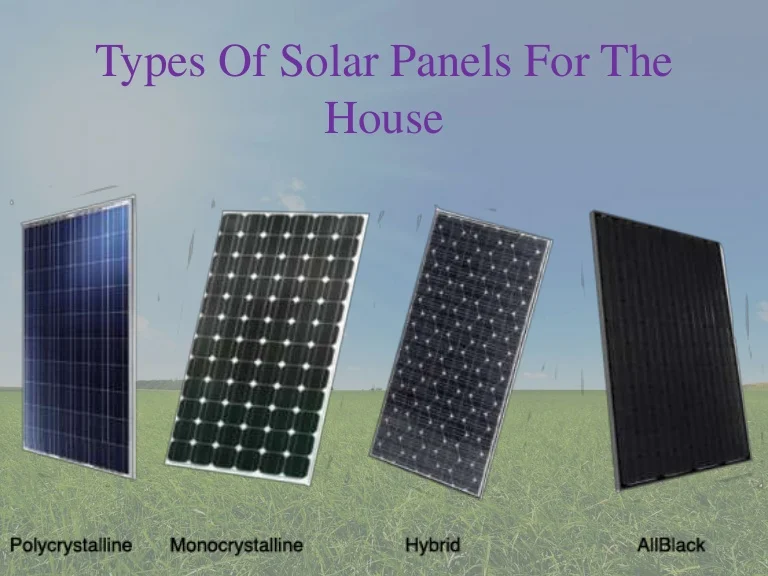Solar Systems Can Be Fun For Anyone
The Greatest Guide To Solar Systems
Table of ContentsNot known Facts About Solar SystemsWhat Does Solar Systems Mean?What Does Solar Systems Mean?Solar Systems Fundamentals Explained
There are 3 various sorts of photovoltaic panels: monocrystalline, polycrystalline, and slim movie. Monocrystalline solar panels are extremely reliable and also have a smooth layout, but come at a higher rate factor than other solar panels. Polycrystalline photovoltaic panels are less costly than monocrystalline panels, nevertheless, they are much less reliable and aren't as aesthetically pleasing.Nowadays, there are numerous varieties of monocrystalline solar panels on the market to select from., are ending up being an increasingly preferred monocrystalline alternative.
Due to the fact that monocrystalline solar batteries are constructed from a solitary crystal of silicon, electrons are able to easily move throughout the cell, enhancing total performance. Not only do monocrystalline panels have the greatest effectiveness ratings, they commonly likewise have the highest possible power capability scores. Many monocrystalline panels on the market today will have a power output ranking of a minimum of 320 watts, but can increase to around 375 watts or greater!.
Because polycrystalline cells have several silicon cells, the electrons can stagnate as quickly and therefore, decrease the effectiveness of the panel. The reduced performance of polycrystalline panels likewise suggests they tend to have a reduced power output than monocrystalline panels, normally varying between 240 watts and also 300 watts.
Some Known Factual Statements About Solar Systems
4% effectiveness with slim movie cell prototypes yet. In order to fulfill your energy requires, you would certainly require to set up more slim film panels over a large area to produce the very same quantity of electrical energy as crystalline silicon photovoltaic panels. This is why slim movie solar panels don't really make feeling for domestic installations where area is restricted.
The temperature level coefficient informs you just how much the power outcome will certainly reduce by for every single 1 * C over 25 * C the panel obtains. The typical temperature coefficient for mono and also polycrystalline panels usually drops someplace in between -0. 3% and also -0. 5% per * C. Thin movie panels on the other hand, are around -0.
With some thin film panels, it's difficult to even see the individual cells within the panel. They also have a tendency to have less circuitry and busbars, implying there's much less white space. Nonetheless, since they are so inefficient, you would certainly require to cover your entire roof in slim movie panels - which may or may not be your style.

Some suppliers have actually functioned around this with black packaging or shaping the cells differently, but these visual changes can impact both the price and efficiency of the panels. On the whole, monocrystalline panels still look streamlined, yet they're a little bit extra obvious than thin movie panels. solar systems. The procedure in which polycrystalline solar cells are produced causes the cells to have a blue, marbled appearance.
The 3-Minute Rule for Solar Systems
If you're on a tight budget plan, polycrystalline panels could make even more sense for you. We do not advise thin movie photovoltaic panels for property installations - their performance and also toughness don't make the reduced cost worth it, as well as it's unlikely you'll have almost enough area to install the variety read more of thin movie panels you would require to cover your home electrical energy usage.
Considering that they are made from pure silicon, they can be conveniently identified by their dark black shade. Making use of pure silicon also makes monocrystalline panels the most space-efficient and longest-lasting amongst all 3 solar panel types. This comes at a cost a whole lot of silicon is squandered to produce one monocrystalline cell, often getting to over 50%. solar systems.

Amorphous silicon panels (A-Si) acquire their name from their unformed nature. Unlike mono-and polycrystalline solar cells, the silicon is not structured on the molecular degree. Typically, an a-Si cell needs just a portion of the silicon needed to generate normal silicon cells. This enables them to have the lowest production price, at the expenditure of efficiency.
The Ultimate Guide To Solar Systems
$0. 32-$0. 65 $1 $1. 50 $0. 70 $1 $0. 60 $0. 70 $0. 50 $0. 60 $0. 43 $0. 50 Note that these numbers don't include the cost of installation as well as labor. With labor and also other overhanging elements, the total amount can increase to $2. 50 to $3. 50 per watt.

This suggests that thin-film panels can be a great option for hotter atmospheres or look what i found locations that experience even more sunshine throughout the year. The updated International Building Code of 2012 needs photovoltaic panels to match the fire ranking of the roofing where they are mounted. This is to guarantee that the components do not speed up the spread of flames in case of a fire.